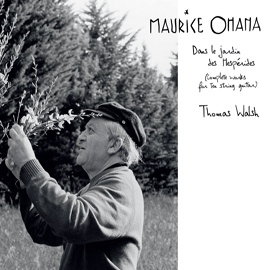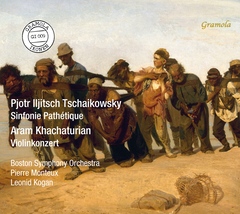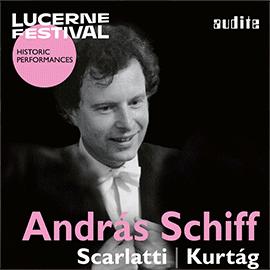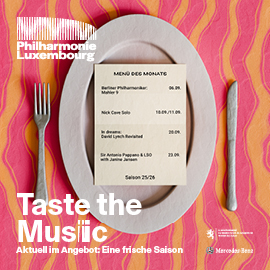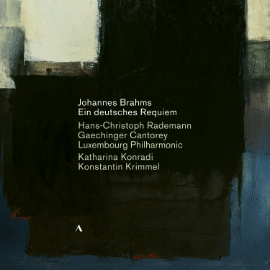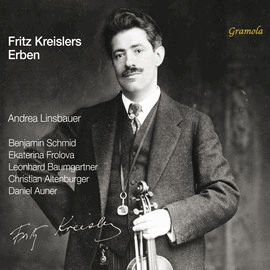Am 26 Januar 1955 nahmen der 79-jährige französisch-amerikanische Dirigent Pierre Monteux und das Boston Symphony in der Symphony Hall in Boston für RCA Tchaikovskys Pathétique auf. Monteux hatte das Orchester von1919 bis 1924 als Chefdirigent geleitet.
1955 gehörte das Boston Symphony bereits zu den Big Five, also einem der fünf besten amerikanischen Orchester. Monteux entfacht in dieser Aufnahme mit ungemein viel Spontaneität in seinen dirigistischen Aktionen einen packenden Klang und eine phänomenale Präzision und Klarheit. Gewiss, es hat – trotz eines bewegenden Schlusssatzes – weitaus emotionalere Aufnahmen gegeben (Kitajenko, Païta, Honeck), und so gefällt diese vor allem wegen ihres Schwungs und ihres Klangs.
Vier Jahre später trat der nun 83-jährige Dirigent erneut ans Pult des Boston Symphony, um mit Leonid Kogan das Violinkonzert von Aram Khachaturian aufzunehmen. Der Klang ist direkt, die Violine steht sehr im Vordergrund und wird vom Orchester effektvoll eingehüllt. Kogan spielt virtuos und mit einer stupenden Vielfalt an Farben. Diese finden sich auch im Orchester. Monteux entlockt dem Orchester mehr Farben als man sonst in diesem Werk hört. So kommen die Nähe zu der armenischen Volksmusik und die tänzerische Qualität des Konzerts wunderbar zum Achsdruck. Für mich ist dies eine der besten Aufnahmen dieses Werks.
On January 26, 1955, 79-year-old French-American conductor Pierre Monteux and the Boston Symphony Orchestra recorded Tchaikovsky’s Pathétique for RCA at Symphony Hall in Boston. Monteux had been the orchestra’s principal conductor from 1919 to 1924.
By 1955, the Boston Symphony was one of the Big Five, the five best American orchestras. In this recording, Monteux achieves a gripping sound with phenomenal precision and clarity, as well as tremendous spontaneity in his conducting. While the final movement is moving, there have certainly been more emotional recordings (Kitajenko, Païta, and Honeck), so this one stands out for its verve and sound.
Four years later, the 83-year-old conductor returned to the Boston Symphony podium to record Aram Khachaturian’s Violin Concerto with Leonid Kogan. The sound is direct; the violin is in the foreground, enveloped by the orchestra. Kogan plays with virtuosity and a stupendous variety of colors. These qualities can also be found in the orchestra. Monteux elicits more colors from the orchestra than one usually hears in this piece. The concerto’s closeness to Armenian folk music and dance-like quality are wonderfully expressed. In my opinion, this is one of the best recordings of this piece.









